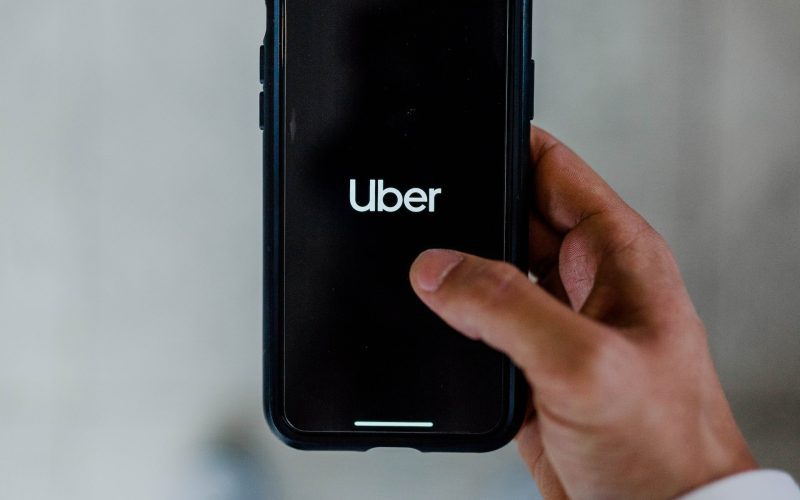The ride-hailing giant Uber has had a tumultuous ride over the past few years, facing regulatory challenges, controversies, and a sharp decline in business during the COVID-19 pandemic. However, the company seems to have turned a corner, reporting a 29% increase in revenue in the first quarter of 2021.
According to Uber’s financial report, the company’s gross bookings for rides were up 24% from the previous quarter, and delivery gross bookings increased by 166% year-over-year. This growth is largely attributed to the easing of lockdown measures and the increasing number of people getting vaccinated against COVID-19.
Uber CEO Dara Khosrowshahi expressed optimism about the company’s future in a press release, stating, “As we look ahead to a normalized world, Uber is well-positioned to benefit from the recovery in local commerce, the significant tailwinds driving our delivery business, and the multiple opportunities we have to further strengthen our platform.”
One of the key factors behind Uber’s recovery has been its pivot to delivery services. With the pandemic forcing people to stay at home, demand for food and grocery delivery services surged. Uber Eats, the company’s food delivery arm, has seen explosive growth, with revenue increasing by 230% year-over-year in Q1 2021. Uber has also expanded its delivery offerings to include alcohol and prescription drugs.
Another factor contributing to Uber’s success is its focus on the US market. The company has been able to capitalize on the recovery of the US economy, where vaccination rates are high and lockdown measures are being lifted. Uber’s US ride-hailing business saw a 5% increase in bookings compared to the same period last year, indicating that people are starting to feel more comfortable using ride-sharing services again.
However, despite the positive news, Uber still faces challenges ahead. The company has been under pressure from drivers, who have been demanding better pay and working conditions. Some drivers have also complained about the lack of job security and benefits.
Furthermore, Uber’s regulatory challenges have not disappeared. The company is still facing legal battles in several countries, including the UK and Canada, over whether its drivers should be classified as employees or independent contractors. This classification has significant implications for Uber’s labor costs and its ability to operate in those markets.
Overall, Uber’s strong Q1 2021 results indicate that the company is on the road to recovery. However, it remains to be seen whether it can sustain this growth over the long term and address the underlying issues that have plagued it in the past.












